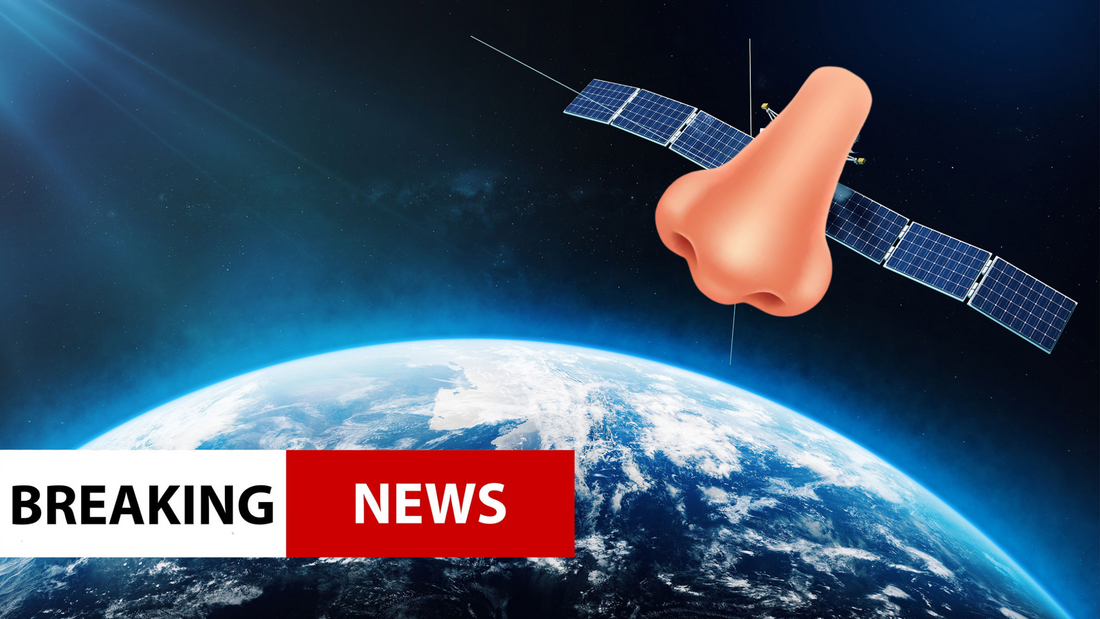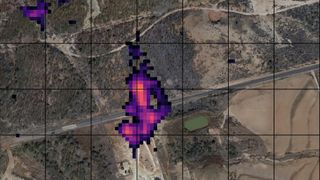
Tiny satellites can “sniff” for methane leaks
Share
Earth-observation start-up Orbital Sidekick, based in California, has unveiled the first images from its new constellation of planet-watching satellites, poised to elevate methane-leak monitoring from space with AI assistance.
The company's trio of satellites, launched earlier this year, boasts hyperspectral sensors capable of analysing 500 light bands across the electromagnetic spectrum. This technology provides a sensitivity 20 times greater than existing systems in orbit, enabling Orbital Sidekick to "chemically fingerprint" the Earth's surface with an impressive 8-metre resolution, disclosing sources of contamination in unprecedented detail.

Microsatellites of U.S. company Orbital Sidekick detect leaks of potent greenhouse gas methane with unprecedented accuracy. (Image credit: Orbital Sidekick)
Among its various applications, Orbital Sidekick aims to enhance methane leak detection from space. Methane, the second most common greenhouse gas in Earth's atmosphere after carbon dioxide, contributes 20% to global greenhouse gas emissions (compared to carbon dioxide's 76%), as per the U.S. Environmental Protection Agency. However, its impact on Earth's climate is disproportionately high, as it is more than 25 times more potent as a warming agent than carbon dioxide.
In recent years, numerous companies have begun measuring methane levels from space to aid in reducing emissions of this greenhouse gas. At the 2021 United Nations Climate Change Conference in Glasgow, known as COP26, world leaders committed to focusing on mitigating methane emissions to combat climate change. A significant portion of these emissions stems from oil and gas pipelines and rigs, which are entirely preventable. Satellite imagery, including that from Orbital Sidekick's satellites, can help companies identify and address these leaks promptly.
Orbital Sidekick characterises its images as "higher resolution" and "far more advanced" than those provided by older satellite systems. Onboard AI algorithms process the measurements in orbit and transmit information about areas with elevated methane concentrations, indicating potential leaks.
The company stated, "With our initial datasets, we're able to analyse the chemical composition of each pixel and have started building out our proprietary spectral library. We're constructing one of the most comprehensive remote sensing analytics capabilities to help us understand the dynamic nature of our planet on a chemical level."
In the future, Orbital Sidekick plans to extend the use of its data to support precision agriculture for farmers and assist disaster response and security forces. The company intends to launch an additional three satellites next year.
You’ve come this far…
Why not venture a little further into A.S.S. - our exclusive Australian Space Society.
And keep thrusting Australia into the deep unknown…
#Space_Aus




